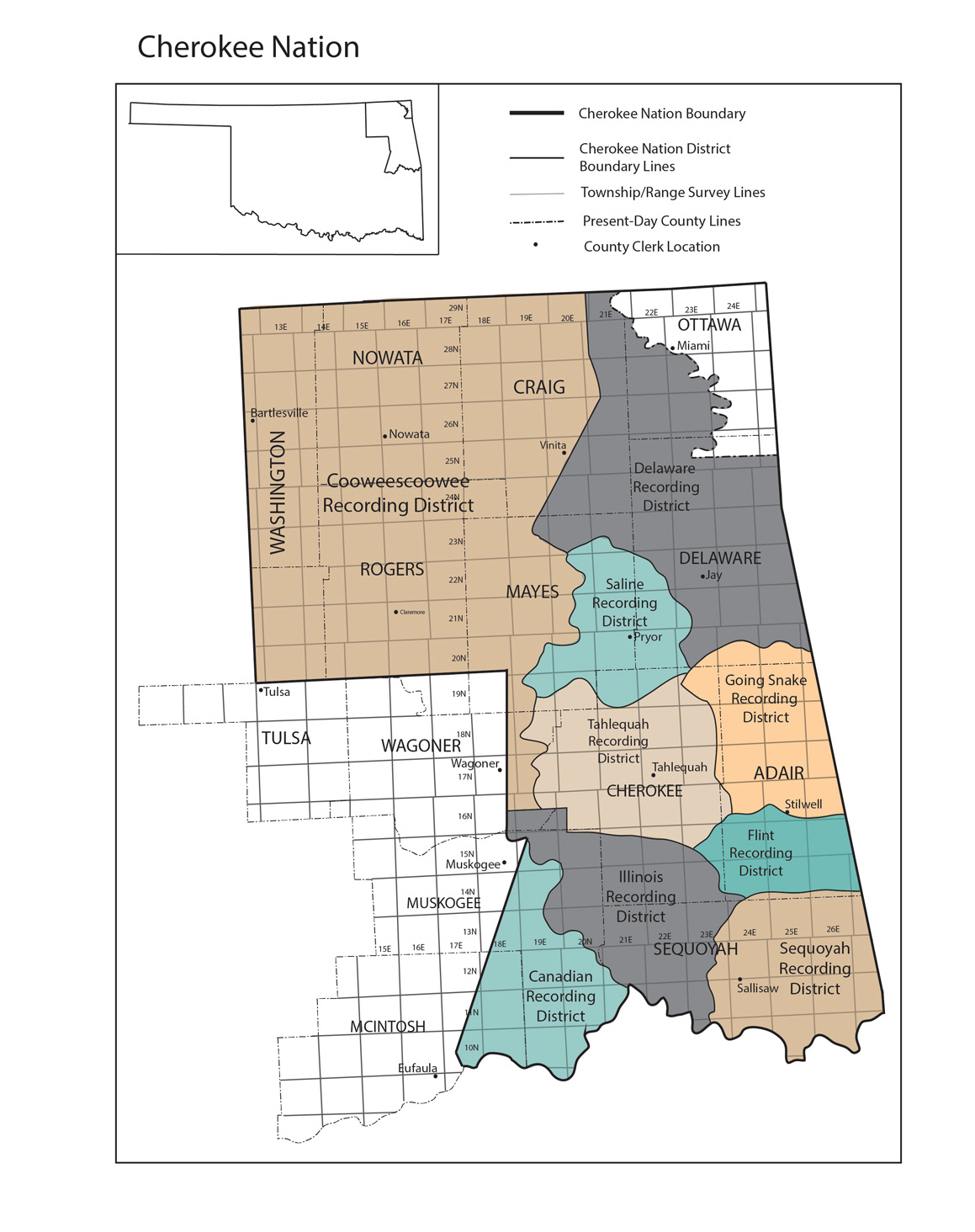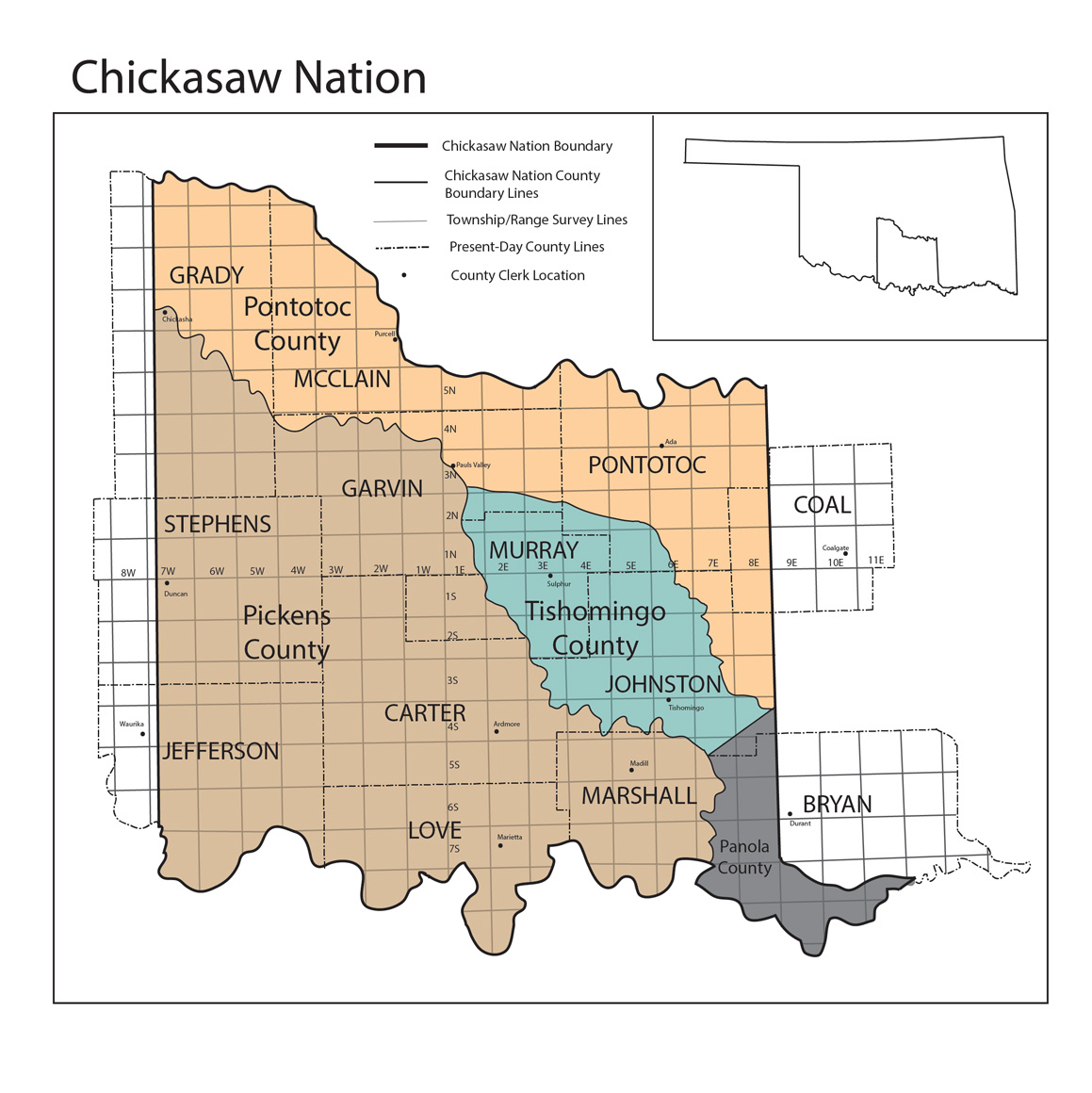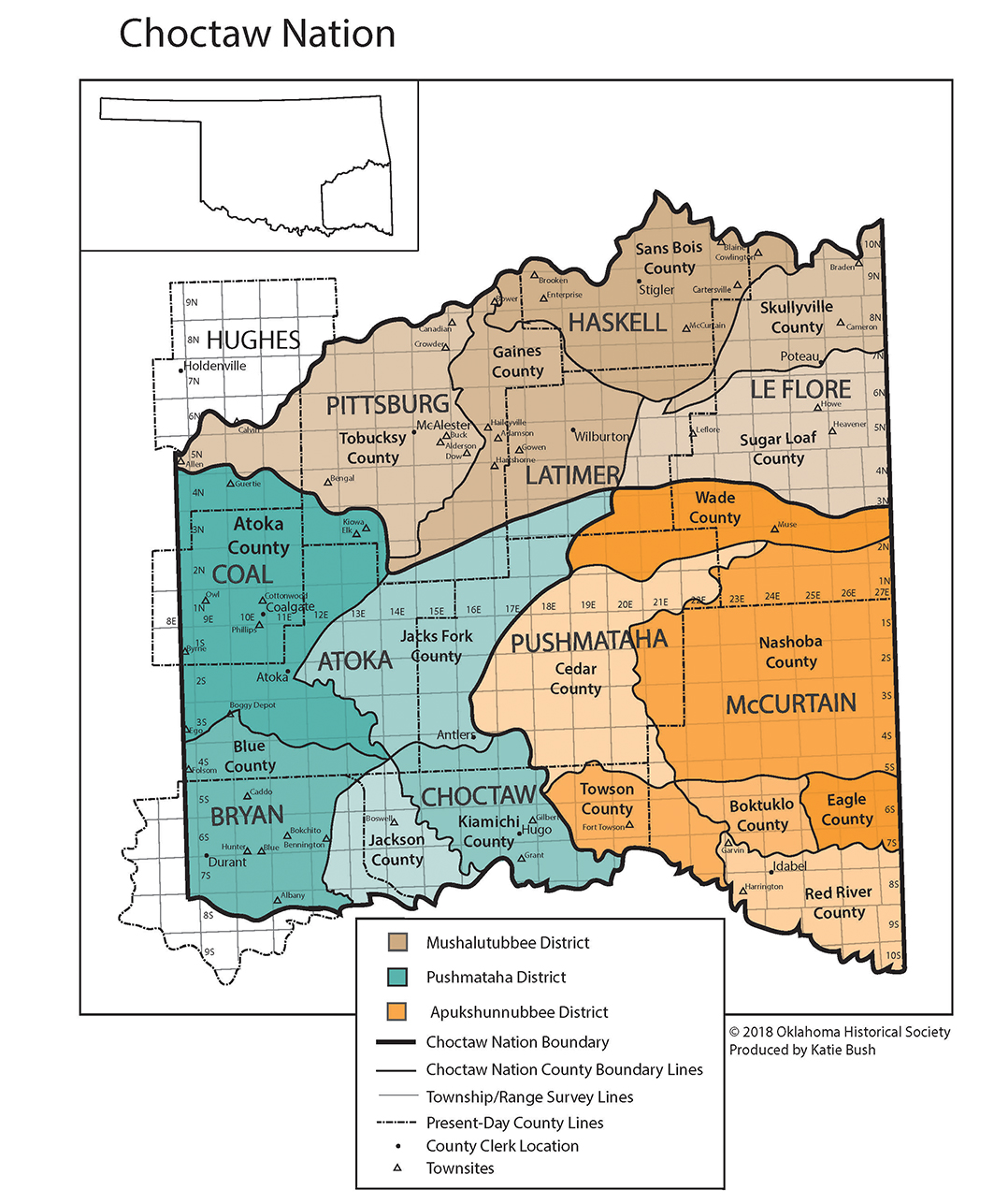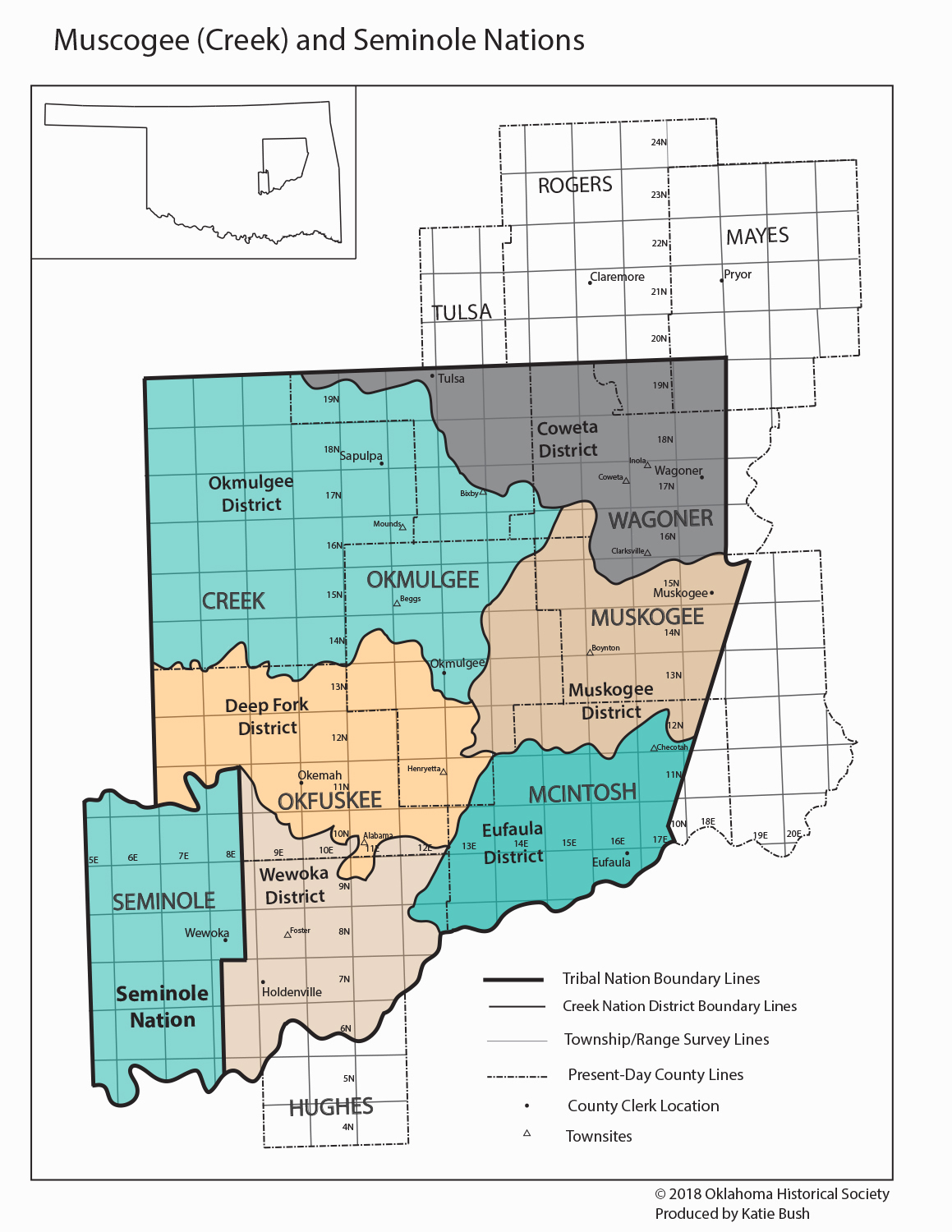
Search the Dawes Rolls, 1898–1914
Your search returned 5 results.
| Name | Age | Sex | Blood Quantum | Roll No. | Enrollment/ Card Group | Note | Card No. |
|---|---|---|---|---|---|---|---|
| John Childers | 68 | M | 1/2 | 3301 | Cherokee by Blood | Search card 1200 | |
| Nancy Childers | 47 | F | Full | 3302 | Cherokee by Blood | Search card 1200 | |
| Letha M. Cordray | 2 | F | 1/64 | 1829 | Cherokee by Blood (Minors) | Search card 1200 | |
| John L. Davis | 25 | M | 3397 | Cherokee Freedmen | Transferred from Cherokee Freedmen Card D339; See Cherokee Freedmen Minor Card 211 | Search card 1200 | |
| John L Davis Jr. | 1 | M | 3398 | Cherokee Freedmen | Search card 1200 |
Search
Order Copies
Dawes Enrollment Application Packets
The Research Center offers copies of Dawes enrollment application packets for $35. Enrollment application packets may include details about the applicant and their family, including birth, death, and marriage information. We include a copy of the individual’s enrollment card with enrollment application packet orders. When ordering, be certain to include the information listed in this database, including the individual’s name, card number, roll number, and tribal nation. Packets vary in length from one page to more than 100 pages. To order by mail, use the printable order form or call 405-522-5225.
Order Dawes Enrollment Application Packets
Dawes Land Allotment Packets
The Research Center also offers Dawes land allotment packets (sometimes called jackets) for $35. These materials include information about the individual’s land allotment. Packets vary in length and may include correspondence and plat maps. To order by mail, use the printable order form or call 405-522-5225.
About this Database
This database lists individuals living between 1898 and 1914 who applied for the roll and were included in the publication The Final Rolls of Citizens and Freedmen of the Five Civilized Tribes in Indian Territory, printed in 1914. The Five Tribes include Cherokee, Chickasaw, Choctaw, Muscogee (Creek), and Seminole. Enrollment for the Dawes Rolls began in 1898 and closed in 1907; a small number of individuals were added to the rolls between 1912 and 1914.
This database includes notes for some individuals pertaining to spouses, children listed on new born or minor cards, or references to other cards. To view the cards referenced, visit the Research Center, order a copy from the Research Center, or search on subscription websites such as Fold3.com and Ancestry.com.
Please note: with a few exceptions, this database does not include individuals whose cards were marked as “Cancelled,” “Denied,” “Dismissed,” “Refused,” or “Rejected.”
I have found my ancestor in the database. What now?
Once you have located your ancestor on the roll, the next step is locating their card and enrollment application packet. You can do this in person at the Research Center or use subscription websites such as Fold3.com and Ancestry.com. You may also order a copy of a packet from the Research Center.
Order online | Order by mail
Enrollment cards and packets provide additional information that is not included in this database. We encourage all researchers to review the enrollment cards, enrollment application packets, and allotment packets.
About the Dawes Rolls
Commonly known as the Dawes Rolls, the official title of this record group is “Final Rolls of Citizens and Freedmen of the Five Civilized Tribes in Indian Territory.”
Enrollment Cards
Enrollment cards list the individual’s roll number, name and variant spellings, relationship to others listed on the card, age, sex, blood quantum, if the person was a Freedman, tribal enrollment, residence, and the tribal enrollment of the parents. Members of the same household are typically listed on the same card. Cards may include references to earlier tribal censuses, notes about births, deaths, and marriages, and cross-references to other enrollment cards. In general, the age listed on the card is the person’s age around 1902.
Those listed as “newborns” and “minors” were born after enrollment began in 1898 but before March of 1907, and are listed on a separate card.
Some individuals may be listed on a card but were not ultimately enrolled. Their cards may be marked as “Cancelled,” “Denied,” “Dismissed,” “Refused,” or “Rejected.” Some were listed on multiple cards because their information was transferred to another card; these cards may be stamped “Transferred” or “Duplicate.”
Blood Quantum, Freedmen, Intermarriage, and Adopted Citizens
Tribal associations are listed as “by Blood,” “Intermarriage,” or “Freedmen.” Intermarriage means the person was married to a citizen of the tribe. You may also see “IW” for intermarried white or “A” for adopted. Freedmen are individuals who were formerly enslaved by members of one of the Five Tribes. The term is also used to describe their descendants. Although there was intermarriage between Freedmen and Native Americans, the Dawes Commission typically enrolled people of mixed heritage as Freedmen and indicated no blood relation to the tribe. Freedmen cards also include “slave of,” “father’s owner,” and “mother’s owner.”
Learn about more Freedmen history.
Mississippi Choctaw enrollees include individuals who did not remove to Indian Territory with the rest of their tribe in the 1830s. Mississippi Choctaw deemed eligible for the roll were listed as “identified.” To be admitted to the rolls, these individuals were ultimately required to remove to Indian Territory.
Learn more about Mississippi Choctaw records.
Delaware enrollees may be listed on Delaware cards or as an “Adopted Delaware” on Cherokee by Blood cards.
Learn more about Delaware Cherokee records.
Enrollment Application Packets and Allotment Packets
Dawes enrollment application packets may provide details about the applicant and their family, including birth, marriage, and death information. They may include transcripts of interviews with family members or neighbors and correspondence regarding the enrollment.
Dawes land allotment packets contain information about the individual’s land allotment, plat maps, correspondence, and other documents. Enrollment and allotment packets vary in length from a single page to more than 100 pages.
Please note that while Muscogee (Creek) application packets are not available, you may still order allotment packets.
Help and Research Tips
What information do I need before I search?
You will need to trace your way back to a direct ancestor who was living in Indian Territory (present-day Oklahoma) during the enrollment period, 1898–1914. If the individual was a married woman, you should look for her under her married name.
I cannot locate my ancestor in the database. What should I do now?
Look for your ancestor on the 1900 US census. If your ancestor did not live in Indian Territory, it is extremely unlikely they will be on the rolls. If they were living in Indian Territory, they may be on the doubtful or rejected lists, which are not included in this database. Consider the possibility your ancestor is connected to another tribal nation, preferred not to enroll, was rejected by the commission, or was unable to enroll.
Please note: this database does not include all individuals whose cards were marked as “Cancelled,” “Denied,” “Dismissed,” “Refused,” or “Rejected.”
For further information about tribal citizenship, please contact the tribal nation directly.
Maps of Tribal Nation Land
These maps depict tribal nation boundaries, districts, township/range survey lines, and present-day county lines. Click on the icons below to view a larger map in PDF format.





